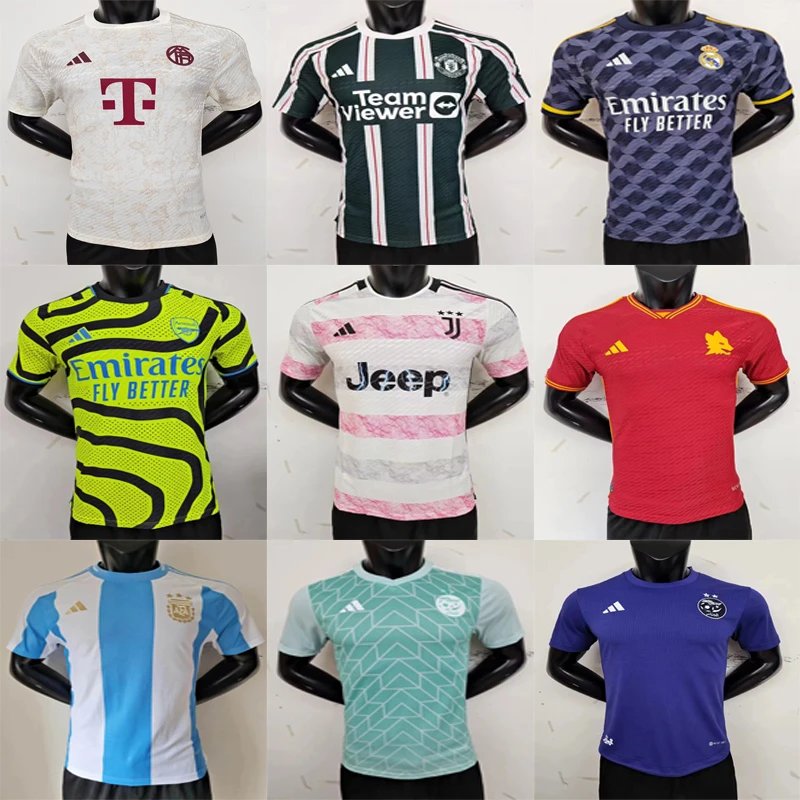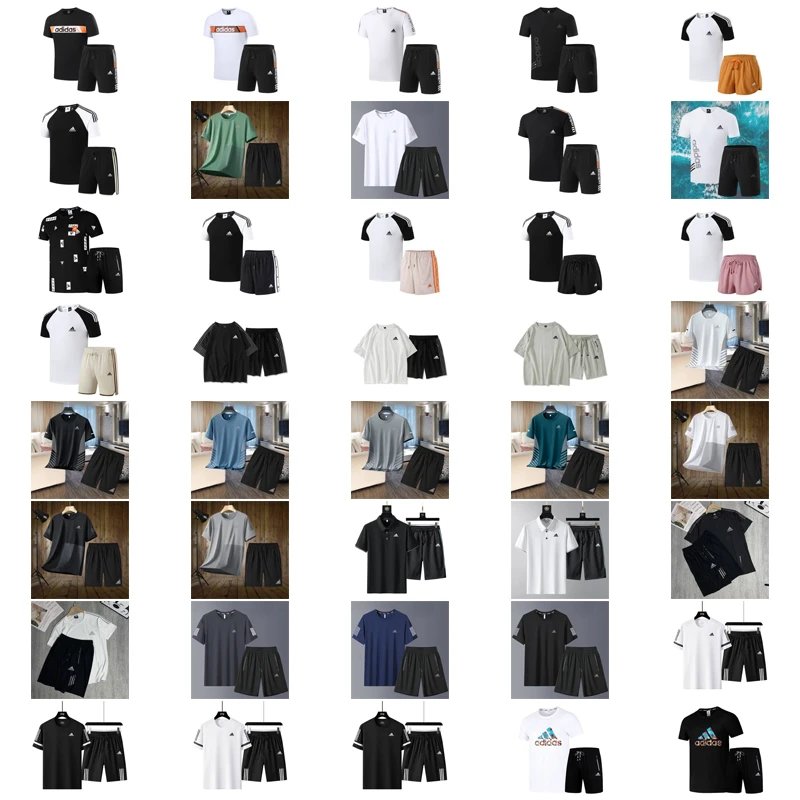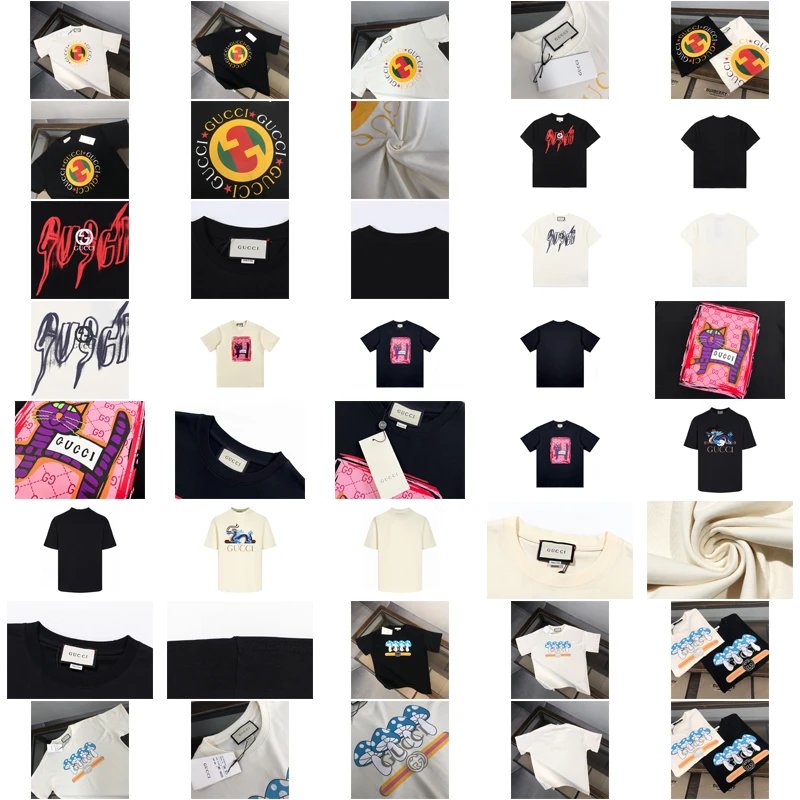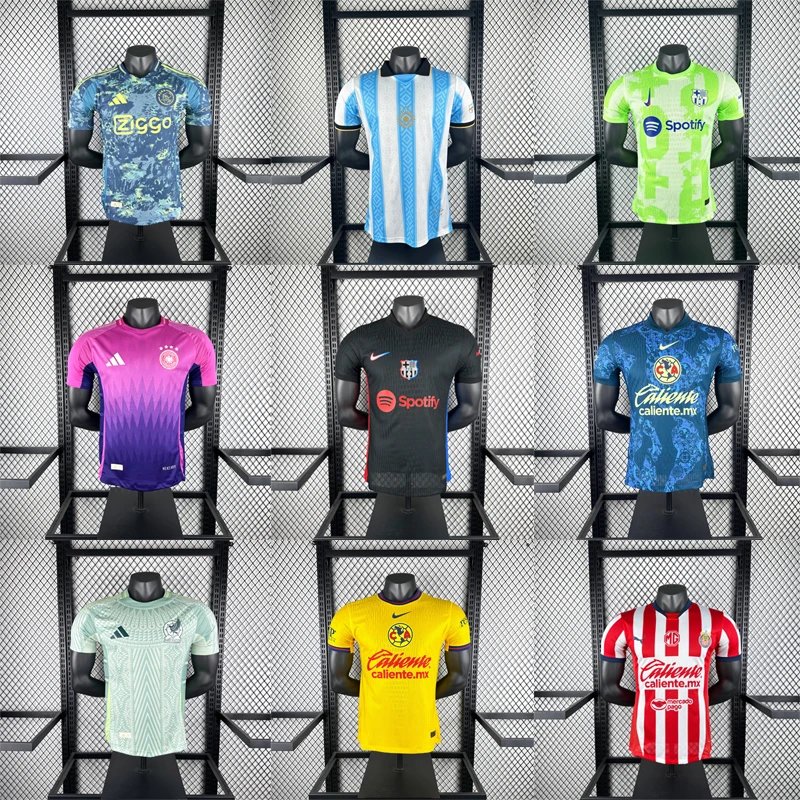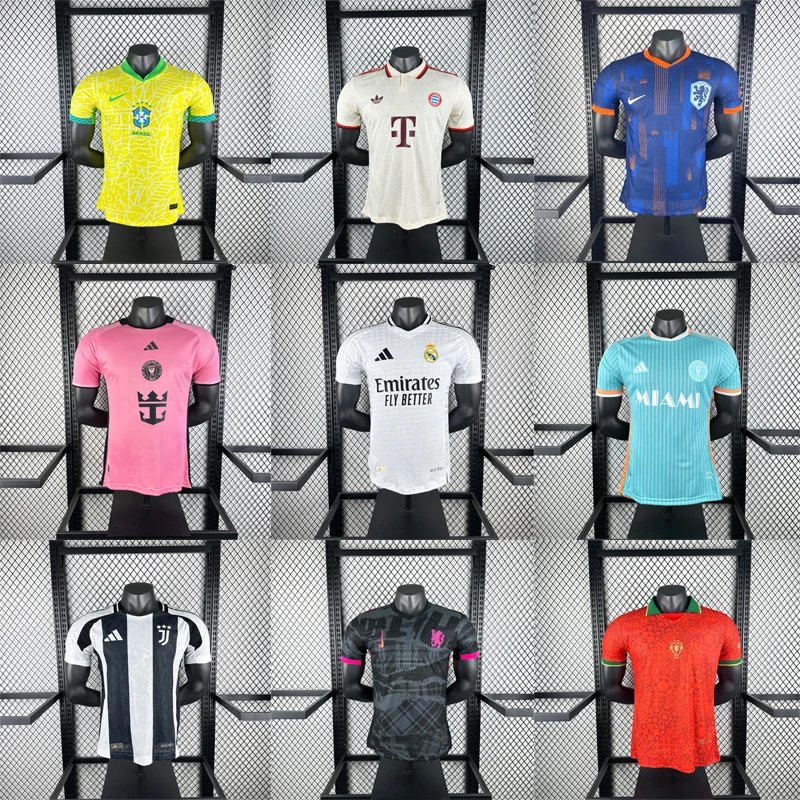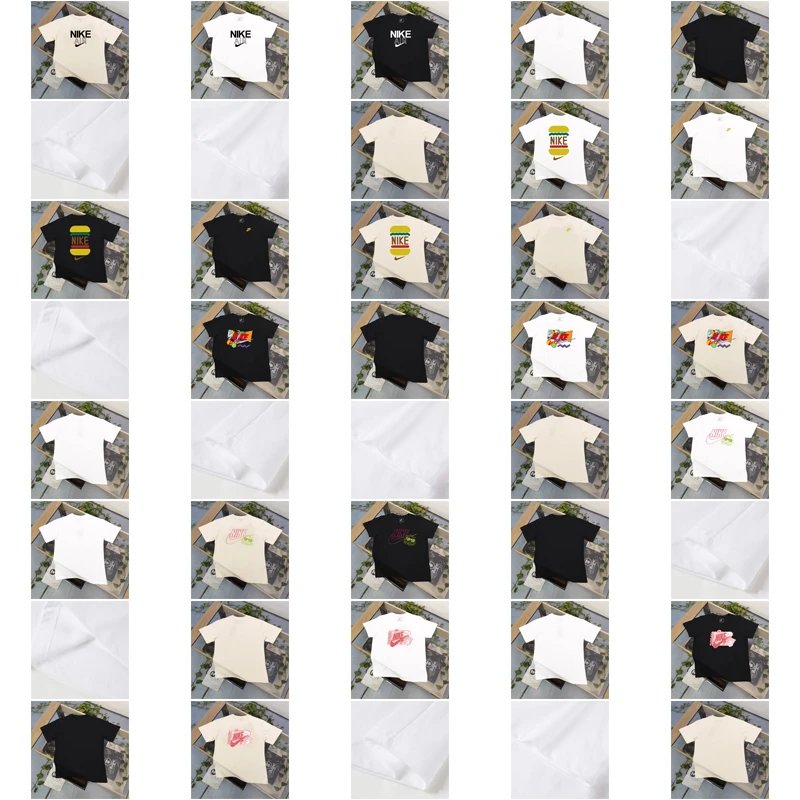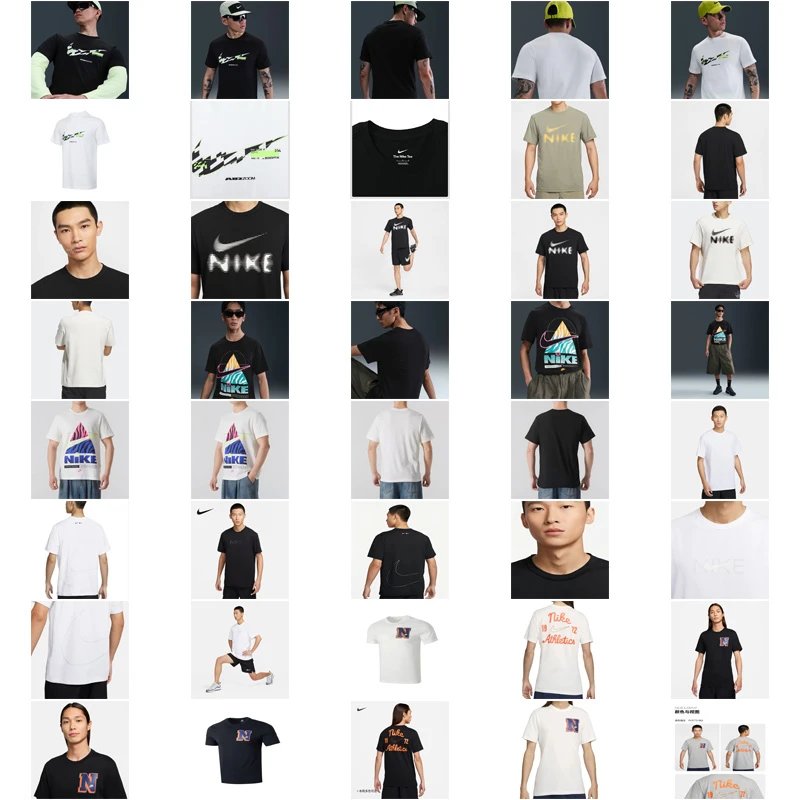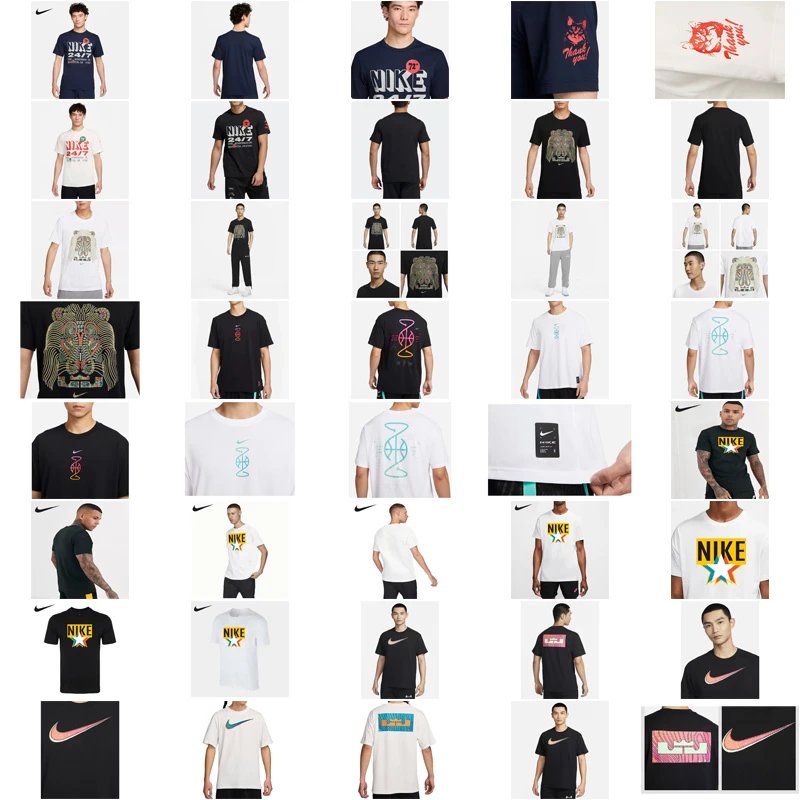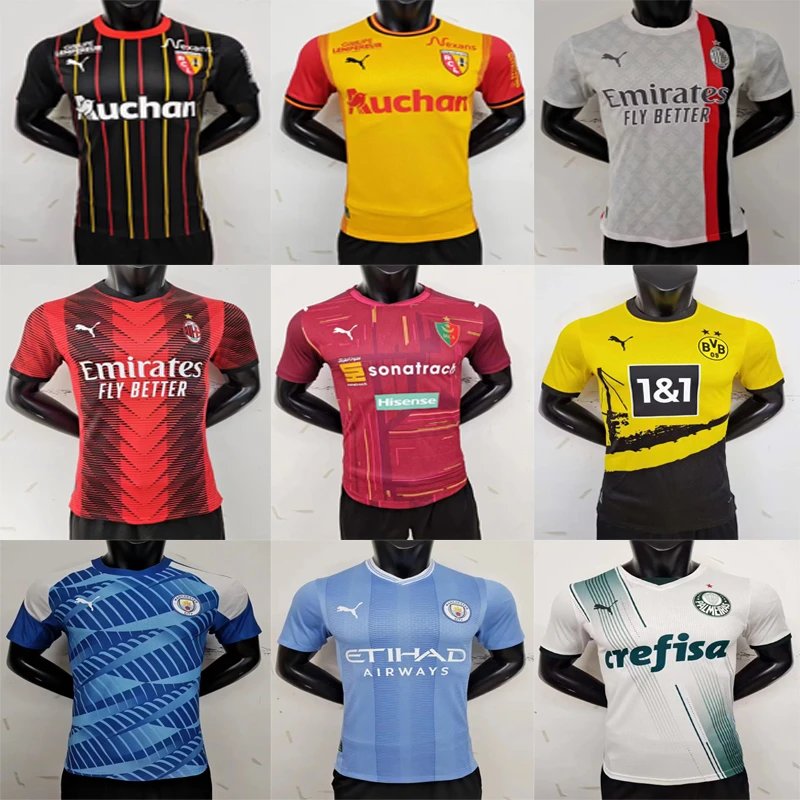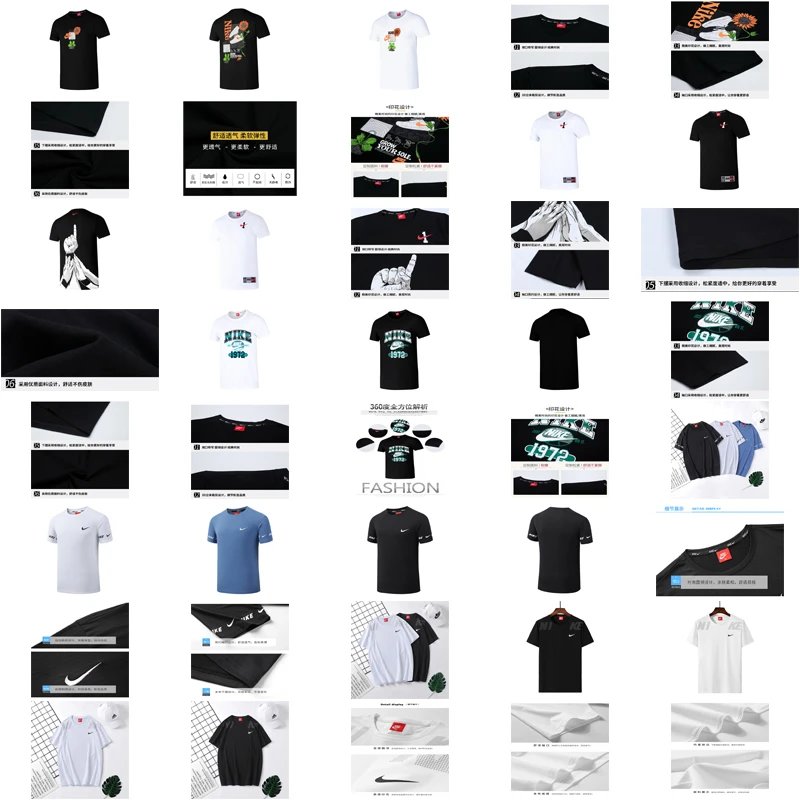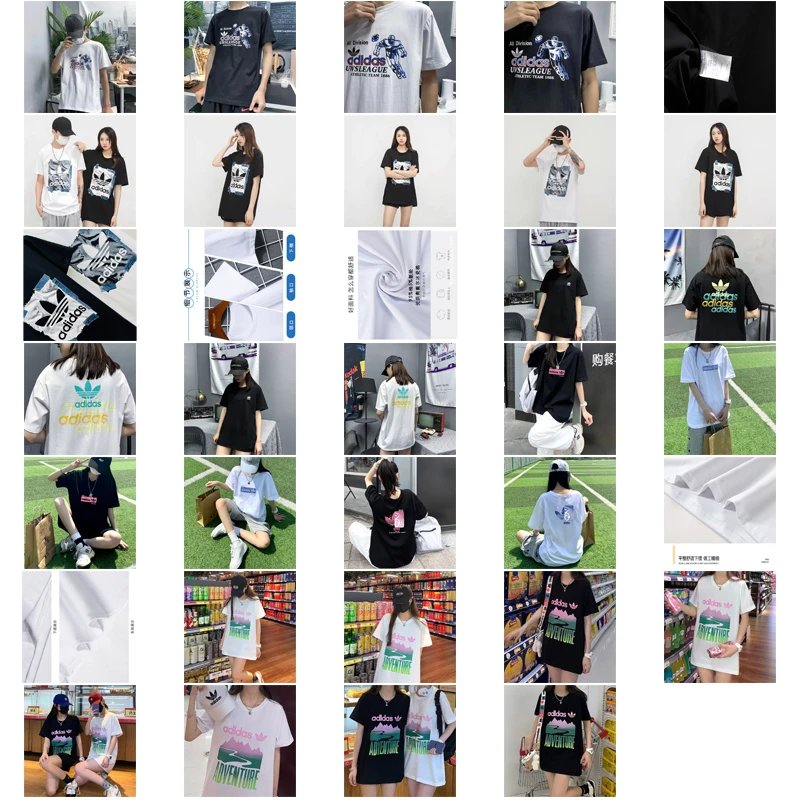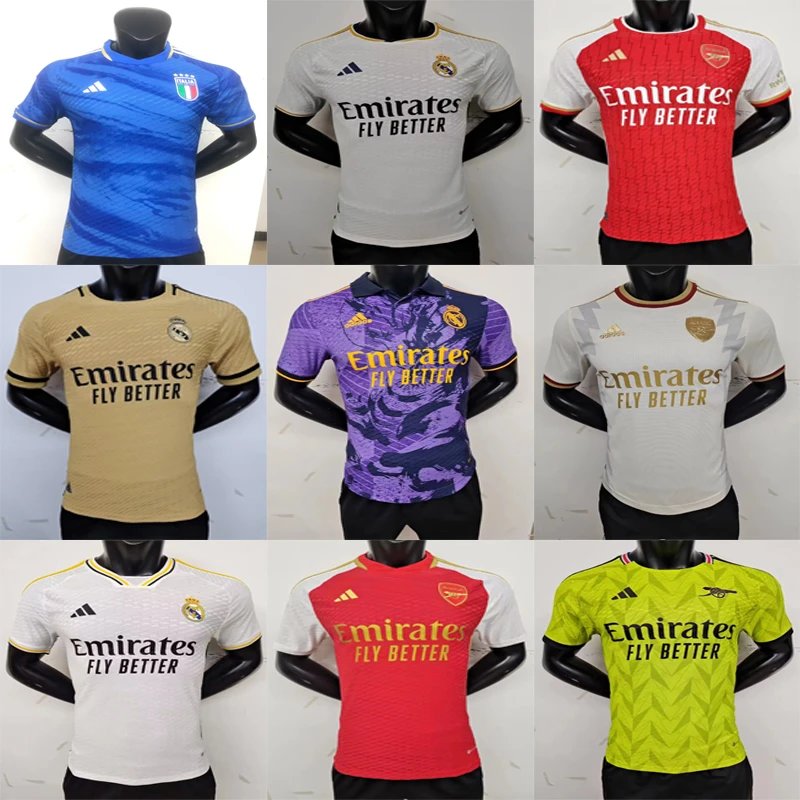GTBuy Spreadsheet: How to Create Visual Dashboards for Analysis
In today's data-driven business environment, visual dashboards have become essential tools for making informed decisions. The GTBuy Spreadsheet platform provides powerful capabilities to transform raw data into interactive visualizations that reveal critical insights about your operations. In this guide, we'll walk through creating comprehensive dashboards that track three key metrics: refund frequency, quality control timelines, and total monthly spending.
Why Visual Dashboards Matter
Traditional spreadsheets filled with numbers can be difficult to interpret and often hide important patterns. Visual dashboards provide:
- Immediate identification of trends and outliers
- Faster decision-making through clear data presentation
- Ability to spot correlations between different metrics
- Enhanced communication across teams and departments
Preparing Your Data
Before building your dashboard, ensure your data is properly structured:
Recommended Data Structure:
Transaction_ID | Date | Product | Amount | Refund_Status | QC_Start_Date | QC_End_Date | Category
12345 | 2023-10-15 | Widget A | $150 | No Refund | 2023-10-16 | 2023-10,18 | Electronics
12346 | 2023-10-16 | Widget B | $200 | Full Refund | 2023-10-17 | 2023-10-20 | Electronics
Make sure your dates are properly formatted and refund status is consistently categorized (No Refund, Partial Refund, Full Refund).
Building Interactive Charts
1. Refund Frequency Analysis
Understanding your refund patterns helps identify product issues and customer satisfaction levels.
Steps to Create Refund Frequency Chart:
- Select your refund status column
- Insert a pie chartbar chart
- Add data labels showing percentages
- Implement filters by product category and date range
Pro Tip:
2. QC Timelines Visualization
Monitoring quality control processes ensures efficiency and identifies bottlenecks.
Steps to Create QC Timeline Dashboard:
- Calculate QC duration:
QC_End_Date - QC_Start_Date - Insert a histogram
- Create a Gantt chart
- Add average QC time as a reference line
- Create a Gantt chart
Key Insight:
3. Monthly Spending Analysis
Tracking spending patterns helps with budget management and identifies cost-saving opportunities.
Steps to Create Spending Dashboard:
- Group transactions by month using pivot tables
- Create a line chart
- Add a secondary bar chart
- Implement interactive slicers for category filtering
- Add a secondary bar chart
Advanced Feature:
Adding Interactive Elements
Make your dashboard truly powerful with these interactive features:
- Slicers:
- Drill-through:
- Dynamic titles:
- KPI cards:
- Drill-through:
Dashboard Design Best Practices
Layout and Organization:
- Place most important metrics in the top-left corner (where eyes naturally start)
- Group related charts together
- Use consistent color schemes (e.g., red for refunds, green for positive metrics)
- Leave adequate white space to prevent visual clutter
Performance Optimization:
- Limit the use of complex calculations in real-time
- Use pivot tables to pre-aggregate data where possible
- Implement data refresh schedules during off-peak hours
- Consider using GTBuy's built-in data compression features
Putting It All Together
Creating visual dashboards in GTBuy Spreadsheet transforms your raw data into actionable business intelligence. By implementing the refund frequency, QC timeline, and monthly spending charts discussed, you'll gain comprehensive visibility into your operations. Remember to start with clean data, focus on the metrics that matter most to your business, and regularly update your dashboards as your needs evolve.
The interactive nature of these visualizations empowers your team to explore data independently, ask better questions, and ultimately make more informed decisions that drive business success.
